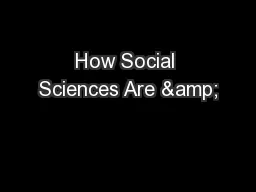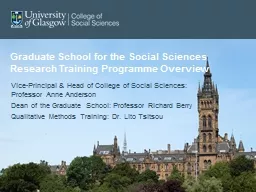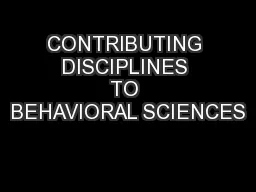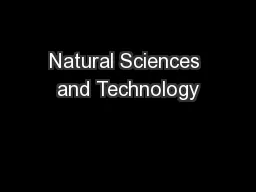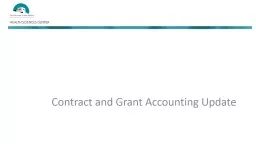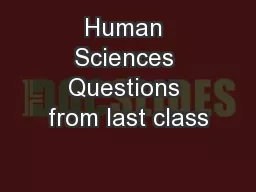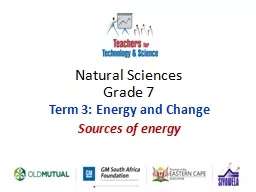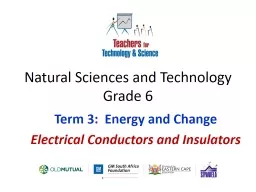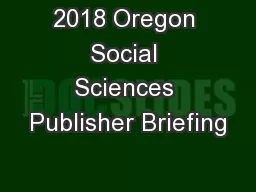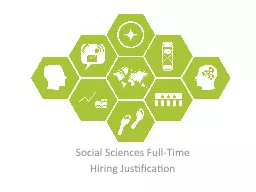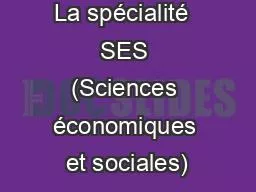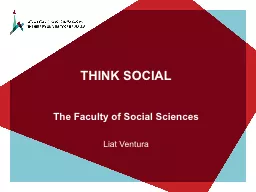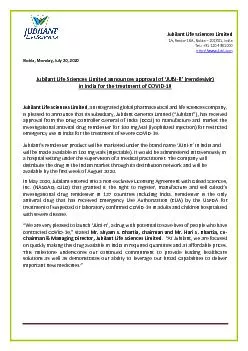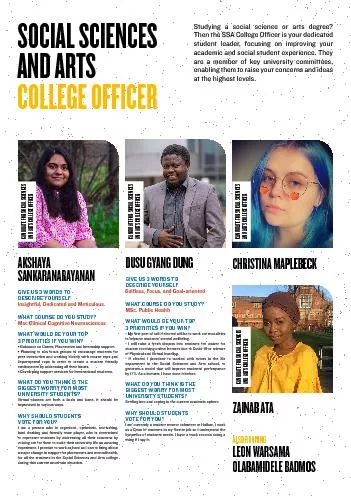PPT-How Social Sciences Are &
Author : liane-varnes | Published Date : 2017-06-18
Are Not Being Woven Into Meteorological Science Eve Gruntfest PhD Social Science Woven into Meteorology Professor Emeritus Geography University of Colorado
Presentation Embed Code
Download Presentation
Download Presentation The PPT/PDF document "How Social Sciences Are &" is the property of its rightful owner. Permission is granted to download and print the materials on this website for personal, non-commercial use only, and to display it on your personal computer provided you do not modify the materials and that you retain all copyright notices contained in the materials. By downloading content from our website, you accept the terms of this agreement.
How Social Sciences Are &: Transcript
Download Rules Of Document
"How Social Sciences Are &"The content belongs to its owner. You may download and print it for personal use, without modification, and keep all copyright notices. By downloading, you agree to these terms.
Related Documents

